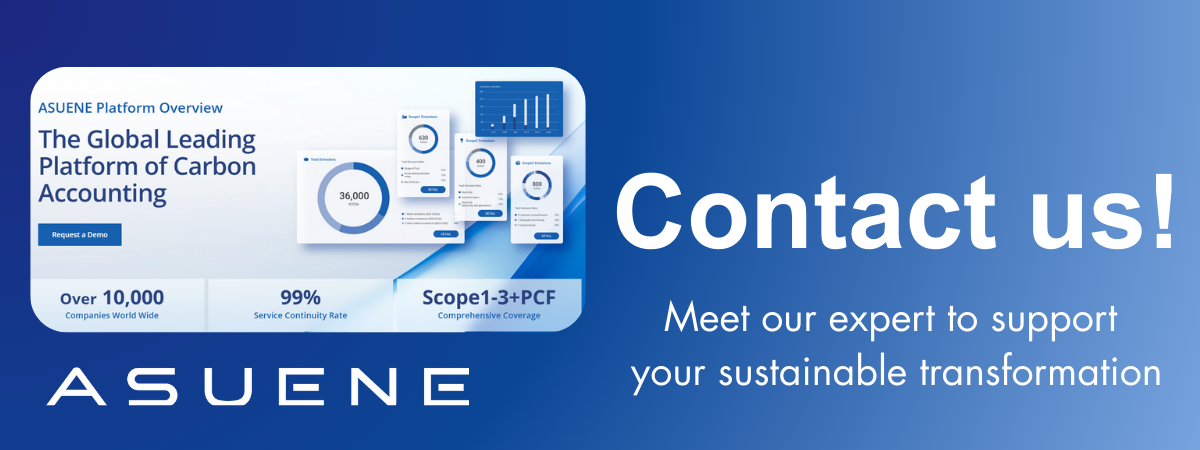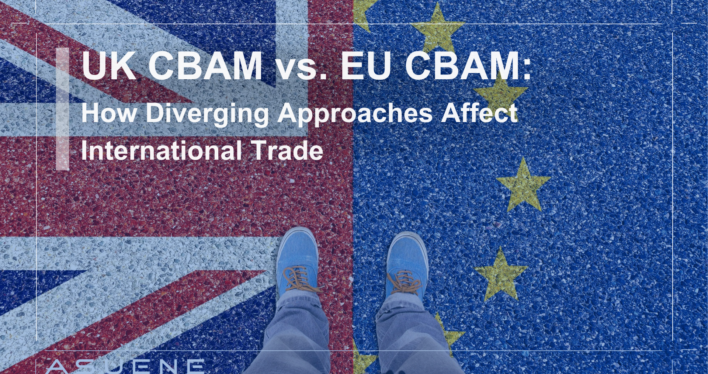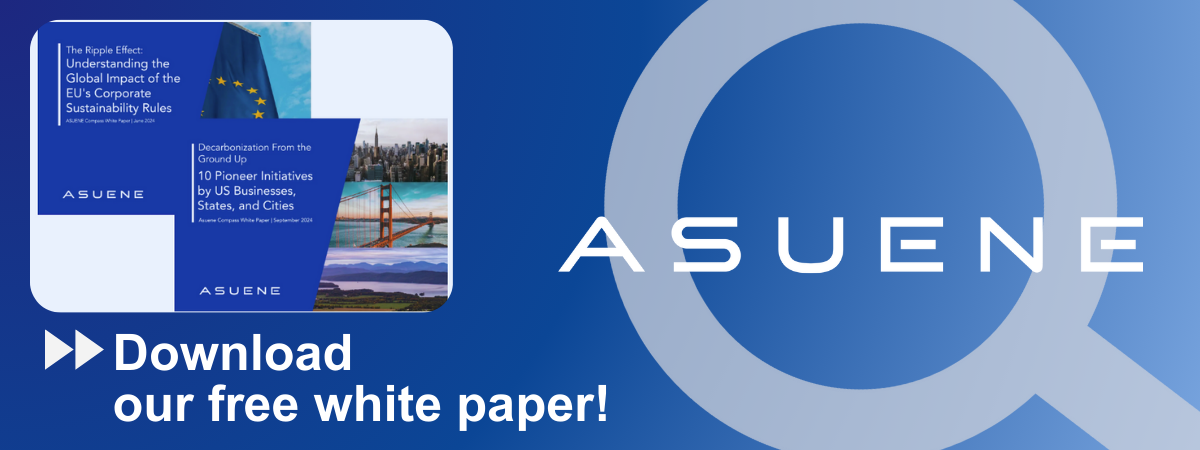- Article Summary
-
Overview
The Carbon Border Adjustment Mechanism (CBAM) aims to prevent carbon leakage and support emissions reductions by imposing a carbon price on imported goods. This mechanism has become a crucial element in international trade policy, ESG (Environmental, Social, and Governance) compliance, and global climate goals. With the UK adopting its own approach post-Brexit, significant differences have emerged between the UK’s and the EU’s CBAM systems. These variations could substantially impact international trade, particularly from 2026 onward.
UK’s Unique CBAM Framework
Following Brexit, the UK developed a distinct CBAM model tailored to its specific economic and environmental objectives. Its key strength lies in its flexibility and close alignment with national net-zero goals, aiming explicitly to protect domestic industries from carbon leakage. This targeted approach allows the UK to adapt more readily to evolving economic and environmental priorities. However, this flexibility poses challenges, particularly regarding alignment with larger international mechanisms such as the EU ETS scale, potentially causing inefficiencies in trade operations and complicating compliance.
- Scope of Coverage: The UK CBAM primarily targets industries such as aluminum, cement, fertilizers, hydrogen, iron, and steel from 2027, with future inclusion planned for glass and ceramics sectors.
- Mechanism for Carbon Pricing: The UK utilizes a carbon price aligned closely with its domestic Emissions Trading Scheme (UK ETS), adjusted quarterly based on domestic carbon market fluctuations.
- Regulatory Compliance and Enforcement: The UK’s approach emphasizes streamlined administrative processes and stringent enforcement through UK customs authorities. However, potential enforcement challenges could arise due to complexities in cross-border compliance and geopolitical risks.
Despite these challenges, the UK’s CBAM offers opportunities tailored specifically to the UK’s economic and environmental context, potentially facilitating future alignment with broader European frameworks and fostering a strategic focus on green trade.
EU CBAM: The Established Path
The EU CBAM, integrated with the European Union Emissions Trading System (EU ETS), has set a global benchmark through its comprehensive approach. Its strong integration with the EU ETS enables a robust mechanism to effectively target and mitigate carbon leakage. Furthermore, it sets a global precedent, potentially encouraging other jurisdictions to adopt similar measures and promote widespread sustainable practices.
However, the complexity inherent in compliance with the EU’s system can be burdensome for international businesses, particularly those with limited resources. Additionally, its ambitious scope could invite challenges within the World Trade Organization (WTO) framework, provoke backlash from trading partners, and contribute to fragmented carbon trading alliances or clubs.
- Targeted Sectors and Implementation: It encompasses sectors including aluminum, cement, fertilizers, hydrogen, iron, steel, and electricity, with a gradual phase-in from 2026 to 2030.
- Carbon Pricing Mechanism: Pricing directly aligns with the EU ETS carbon allowance market, adjusted weekly, providing predictable and transparent carbon costs.
- Compliance Obligations: International businesses must acquire CBAM certificates to cover emissions from imported goods, including indirect emissions for cement and fertilizers sectors.
Despite its complexities and potential threats, the EU CBAM offers considerable opportunities for expansion into additional sectors, reinforcing global standards for sustainability and encouraging the adoption of greener industrial practices.
Key Differences Between UK and EU CBAM
| Aspect | UK CBAM | EU CBAM |
|---|---|---|
| Sectoral Coverage | Aluminum, cement, fertilizers, hydrogen Iron and steel from 2027 Glass, ceramics later | Aluminum, cement, fertilizers, hydrogen, iron, steel, electricity |
| Scope of Emissions Covered | Direct and indirect emissions for all sectors | Direct emissions for all sectors Indirect emissions only for cement and fertilizers |
| Default Values | Per product basis, no specified limit | Per product basis, limited use from Q3 2024, capped at 20% from Q4 2025 |
| CBAM Rate Adjustment | Quarterly adjustments reflecting UK ETS and Carbon Price Support | Weekly adjustments aligned with EUA price |
| Adjustment for Third Country Prices | Recognizes only explicit carbon prices | Recognizes only explicit carbon prices |
| Minimum Threshold for Importers | £50,000 over 12-month rolling period | Shipments valued at €150 or greater |
Impact on International Trade
Differences between the UK and EU CBAMs pose challenges and opportunities for international trade:
Potential Trade Barriers: Divergent regulatory frameworks between the UK and EU CBAMs could lead to significant trade disruptions. Companies trading between these jurisdictions may face complex, dual compliance obligations, increasing administrative burdens and potential costs. Such regulatory divergence may discourage trade, particularly among small and medium-sized enterprises that lack resources to navigate multiple compliance systems effectively.
Supply Chain Decisions: Businesses must re-evaluate their carbon accounting and sourcing strategies. Companies may opt to relocate or shift parts of their supply chains closer to markets with more favorable carbon pricing conditions. This strategic realignment can result in significant restructuring of global operations, affecting logistics, manufacturing locations, and supplier choices, potentially enhancing overall sustainability performance.
Sector-Specific Impacts: Sectors such as steel, cement, and chemicals could see profound operational and competitive changes. Companies in these industries may face heightened pressure to reduce emissions intensively, adopt advanced carbon-efficient technologies, or risk losing market share to competitors better aligned with CBAM requirements. These changes could alter competitive dynamics significantly, favoring firms that proactively integrate robust carbon management strategies.

Strategic Recommendations for Global Businesses
Businesses should proactively manage these regulatory divergences through comprehensive strategic planning. First, companies should undertake thorough CBAM risk assessments, ensuring they understand their exposure to both the UK and EU regulations. Establishing robust emissions reporting systems will be crucial for compliance and transparency. Additionally, firms need to develop carbon reduction strategies that align seamlessly with both UK and EU CBAM frameworks, enabling effective long-term management of carbon-related costs and obligations. Supply chain optimization will also be critical, with considerations such as near-shoring or reshoring production activities and prioritizing suppliers with low carbon footprints. By adopting these strategic measures, businesses can effectively mitigate risks and leverage CBAM regulations to strengthen their competitive position.
Conclusion
Understanding the differences between the UK and EU CBAM policies is crucial for international businesses aiming for compliance, competitive advantage, and alignment with ESG goals. Businesses must act strategically to navigate these complexities, leveraging proactive planning to turn regulatory challenges into sustainability opportunities.
Why Work with ASUENE Inc.?
Asuene is a key player in carbon accounting, offering a comprehensive platform that measures, reduces, and reports emissions, including Scope 1-3. Asuene serves over 10,000 clients worldwide, providing an all-in-one solution that integrates GHG accounting, ESG supply chain management, a Carbon Credit exchange platform, and third-party verification.
ASUENE supports companies in achieving net-zero goals through advanced technology, consulting services, and an extensive network.


